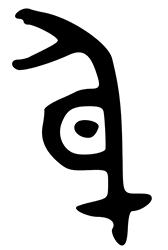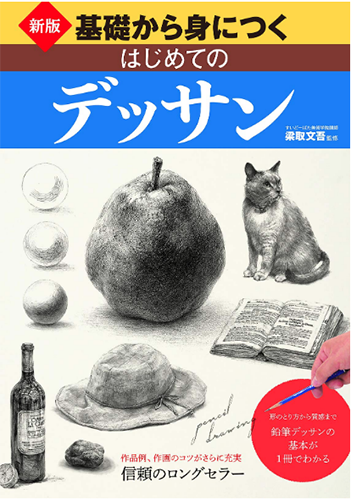158. The "Body" Radical: 身
The "body" radical 身 looks identical to the following kanji:
身 (323: body; oneself; social status; main part; flesh)
Wouldn't ancient people have associated "body" with a man's physique? To my surprise, Henshall says in his newer edition that some old forms of the 身 character depict a pregnant woman, and Kanjigen agrees. Advanced pregnancy seems to have inspired this bronze-script form on Sears's page:

Well, it's either a woman who's expecting or an alligator!
Henshall calls the modern "body" sense of 身 an extended, generalized meaning.
Which Kanji Feature a 身 Radical?
The 身 kanji is the only one with an on-duty 身 radical.
It lies on the left in this character:
射 (882: to shoot; emit, radiate; archery; shine on)
But this 身 is a mere component.
Our seven-stroke radical has no variants, though it becomes skinny on the left.
What Is the 身 Radical Called?
In general, we can refer to the 身 radical as み, which matches the Joyo kun-yomi of the 身 kanji. When the radical slides to the left, みへん works. But again, that applies to no Joyo kanji, only to non-Joyo characters such as 躰 (body), which is a variant of the Joyo 体.
In English, "body" serves as the main radical name, with "station in life" as an alternative.

The 身 kanji heads off a useful term:
身に付く (みにつく: to master (e.g., a skill))
The idea is that knowledge sticks (付く) to the body (身)! The following phrase appears across the top of this book:
基礎から身につく
Mastering (Skills) from the Foundation
基礎 (きそ: foundation)
The skill here is rough sketching, as represented by デッサン, from the French dessin (drawing). The はじめて (初めて) on the brown background means "for the first time."
